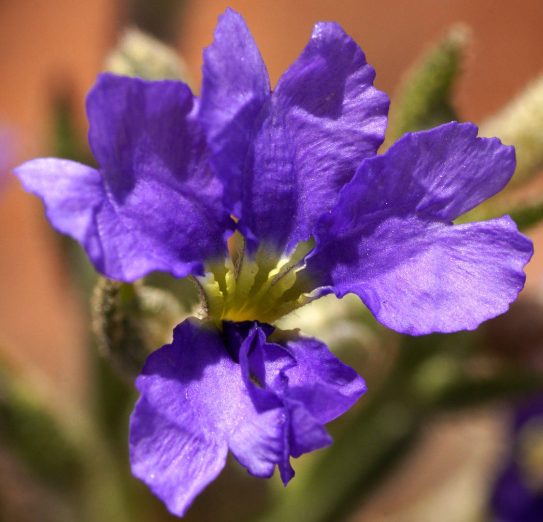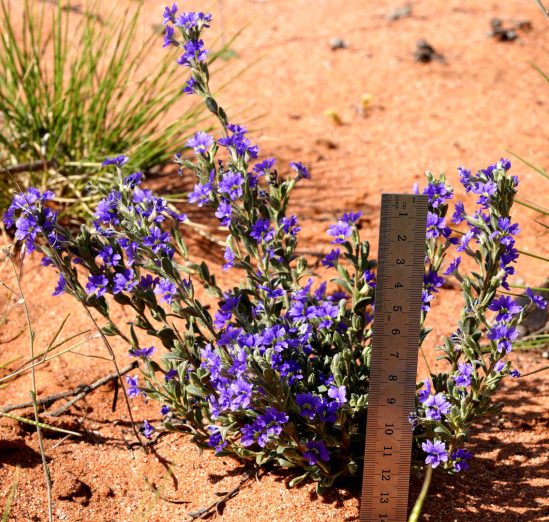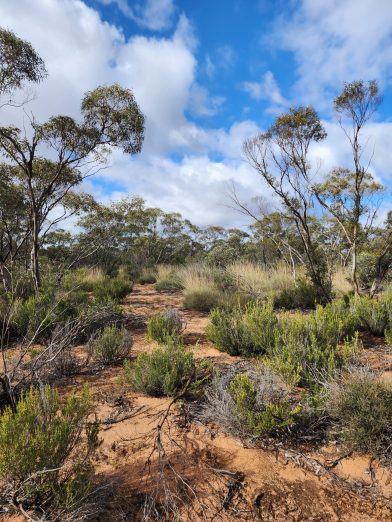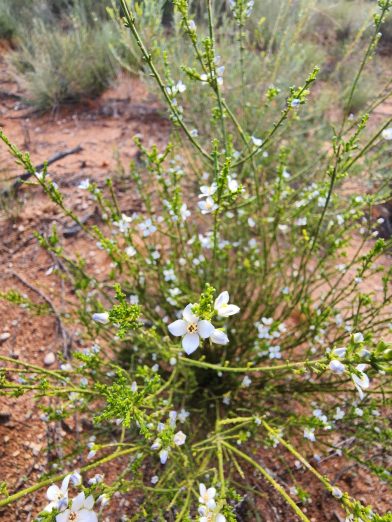Hidden gem for nature lovers
Natural heritage manager Alex Emmins explores a hidden gem in the Riverland, linked to a National Trust pioneer.
D B Mack Reserve is an unassuming parcel of mallee bushland on the Sturt Highway at Stockyard Plain – don’t blink or you’ll miss it! Located on the traditional lands of the Ngaiawang, Ngawait and Erawirung peoples, the reserve is one of our largest at 265 hectares and an absolute gem. There’s just something about the mallee that gets under your skin. For me, it’s the combination of red dirt, spinifex, the grey-green hues of eucalypts, magic sunsets and wide-open spaces that seals the deal, with the South Australian mallee being one of my favourite vegetation associations.
The nature reserve has been held by the National Trust since 1965 when it was purchased from Mr F.J. Fettke. It is named after David Mack, who was District Officer for the Department of Lands during the 1960s. A strong supporter of the National Trust, he was one of the instigators, in 1962, of what was originally known as the Nor’ West Bend Branch of the National Trust – renamed Waikerie Branch in 1985.
D B Mack Reserve is a significant area of mallee vegetation in a wider regional mosaic of remnant mallee. It adjoins the extensive Stockyard Plain area managed by SA Water, which incorporates a man-made wetland covering 500 hectares. Saline groundwater is extracted from beneath a 50-kilometre stretch of Murray River banks and pumped into the wetland to evaporate.
Within D B Mack, 109 native plant species have been recorded, of which around 25 per cent are of particular regional importance and three (Acacia lineata, Maireana pentagona and Trachymene thysanocarpa) are significant at State level. The area is subject to a native vegetation Heritage Agreement, which provides additional protection. Historically, mallee fowl have also utilised the reserve to build their impressive nest mounds.
D B Mack showcases the true resilience of the Australian bush. Even in the harshest of climates with very little rainfall, you can still see flowering native plants and flourishing bird populations year-round, including the restless flycatcher, hooded robin and striped honeyeater (all rare); chestnut quail-thrush and shy heathwren (threatened); Regent parrot, brown treecreeper and Mallee fowl (vulnerable); and the beautiful rainbow bee-eaters, purple-backed fairywrens and red-capped robins. Many of the bird species found here have decreasing populations throughout southern Australia. Several years ago, a fire started by lightning tore through half of the reserve and the mallee responded so well afterwards that you’d hardly notice where it occurred now.
I strongly encourage a visit to D B Mack, perhaps on the way to the Riverland to visit our other historic properties and reserves. It is especially beautiful in spring. There are no walking trails but plenty of animal tracks to follow. Take a guess what left them behind in that remarkable red dirt.
Plan a visit
The entry to the research is 23.5 kilometres from the east end of the Blanchetown bridge, travelling east. Look for a gate off the old highway on the left, slightly obscured by roadside trees. Please note the reserve is closed on total fire ban days.
For more information visit nationaltrust.org.au/places/d-b-mack-reserve/








